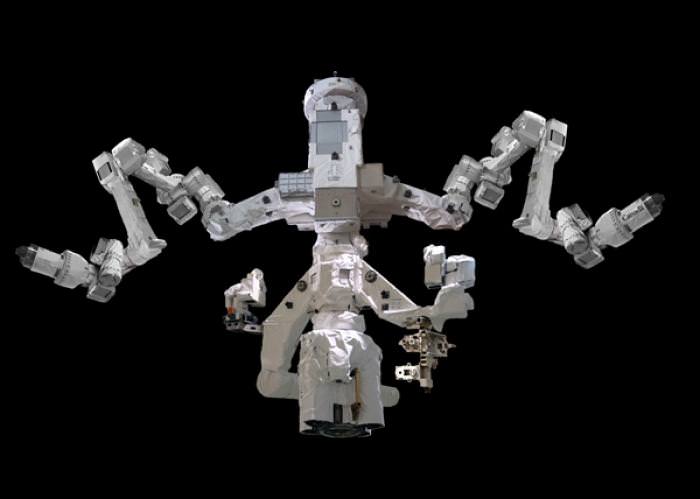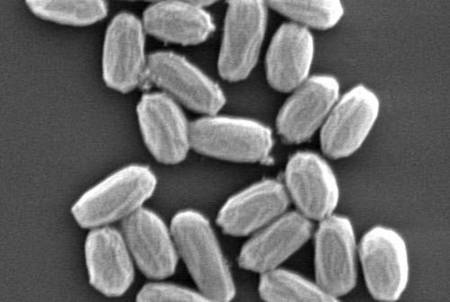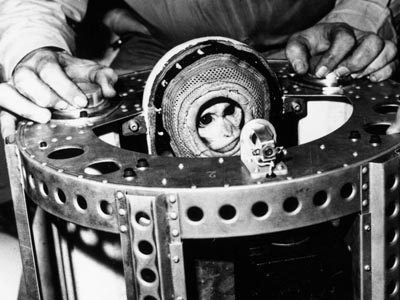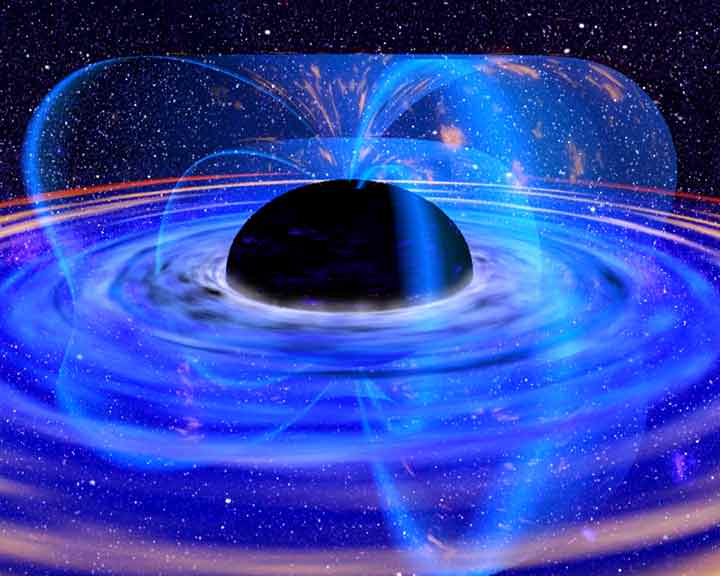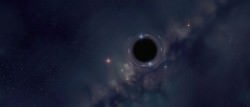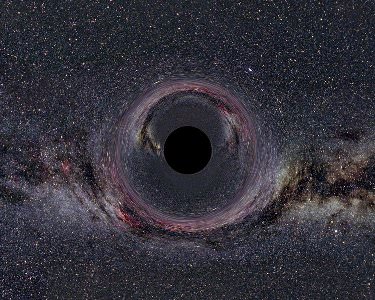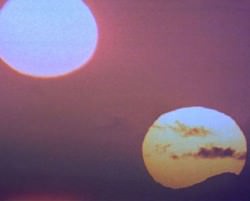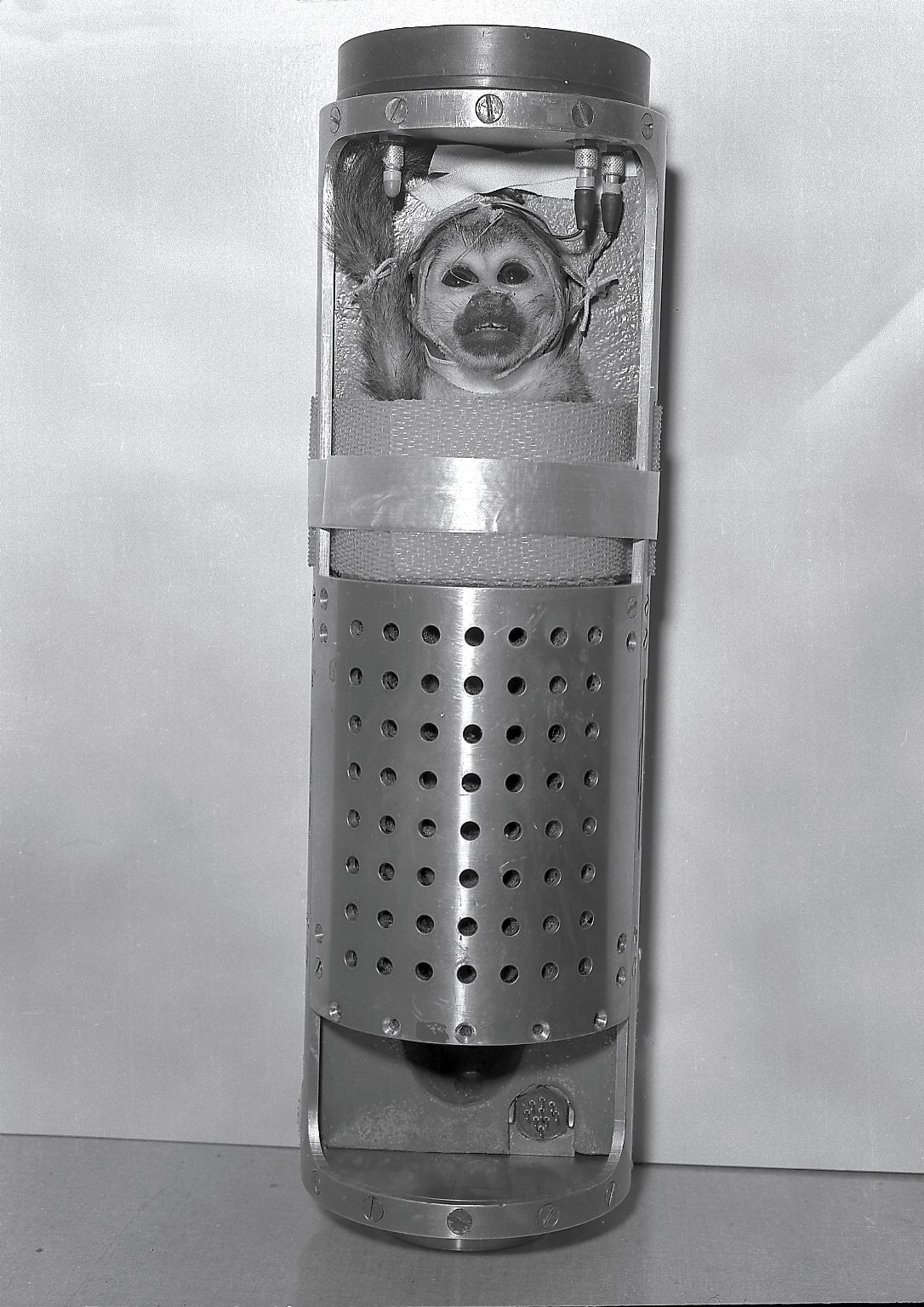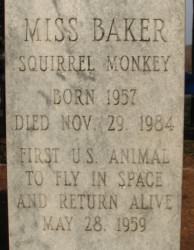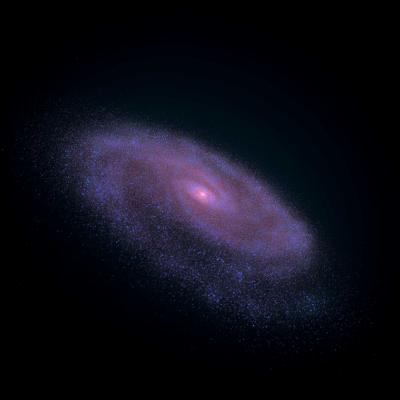When it comes to exploring the hostile environment of space, robots have done a lot (if not most) of the exploring. The only other planet besides Earth that humans have set foot on is the Moon. Robotic explorers, however, have set down on the Moon, Mars, Venus, Titan and Jupiter, as well as a few comets and asteroids. Robotic missions can travel further and faster, and can return more scientific data than missions that include humans. There is much debate on whether the future of space exploration should rely solely on robots, or whether humans should have a role.
As contentious as this issue is, there is no doubt that robots have and will continue to contribute to our understanding of the Universe. Here’s a short list of past, current, and future robotic missions that have done or will do much in the way of exploration of our cosmos.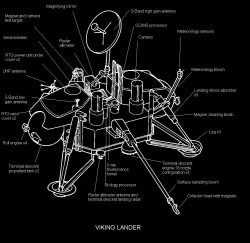
- The most famous robots in space have to be the series of orbiters, rovers and landers that have been sent to Mars. The first orbiter was Mariner 4, which flew past Mars on July 14, 1965 and took the first close up photos of another planet. The first landers were the Viking landers. Viking 1 landed July 20, 1976, and Viking 2 on September 3, 1976. Both landers were accompanied by orbiters that took photos and scientific data from above the planet. The landers included instruments to detect for life on the surface of Mars, but the data they returned is somewhat ambiguous, and the question of whether there is life on Mars still requires an answer. Currently, Spirit and Opportunity are roving away on the Martian surface, well past their expected mission lifetime, and the Phoenix lander returned a wealth of information about our neighbor. For more about the entire series of Mars missions, go to NASA’s Mars Exploration Program website. Of course, NASA isn’t the only space organization represented at Mars – the European Space Agency currently has Mars Express orbiting the planet, and has the first webcam of another planet available!
- Mars isn’t the only place to go in the Solar System, though. Both the U.S. and the Russians sent numerous missions to
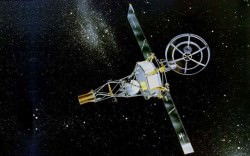 Venus, with a lot of successes and failures. For a complete list of the many missions to Venus visit the Planetary Society. The most notable firsts are: Mariner 2 was the first successful Venus flyby on December 14, 1962, and the Russian lander Venera 7 was the first human-made vehicle to successfully land on another planet and transmit data back to Earth on December 14, 1962.
Venus, with a lot of successes and failures. For a complete list of the many missions to Venus visit the Planetary Society. The most notable firsts are: Mariner 2 was the first successful Venus flyby on December 14, 1962, and the Russian lander Venera 7 was the first human-made vehicle to successfully land on another planet and transmit data back to Earth on December 14, 1962. - Sputnik 1, of course, was the first robot in space, and was launched October 4th, 1957 by the USSR.
- The Voyager missions are notable for the milestone of having a robot leave the Solar System. Voyager 1 and 2 were launched in 1977 are still making their way out of the Solar System, and have entered the heliopause, where the solar wind starts to drop off, and the interstellar wind picks up. To keep up with their status, visit the weekly status page.
- Dextre, a robotic arm developed by the Canadian Space Association, is a very cool robot aboard the International Space Station. Dexter allows for delicate manipulation of objects outside the station, reducing the number of space walks and increasing the ability of the ISS crew to maintain and upgrade the station.
- There are many, many future robotic missions in the works and still in the “dreaming” stage. For example, submarines may one day explore Europa, landers may crawl on the Moon, and spacecraft will orbit comets.
This is by no means an exhaustive list of the enormous number of robotic space missions. To learn a lot, lot more check out the Astronomy Cast episode on Robots in Space, the ESA robotics page, NASA missions page, and the Planetary Society missions page.

